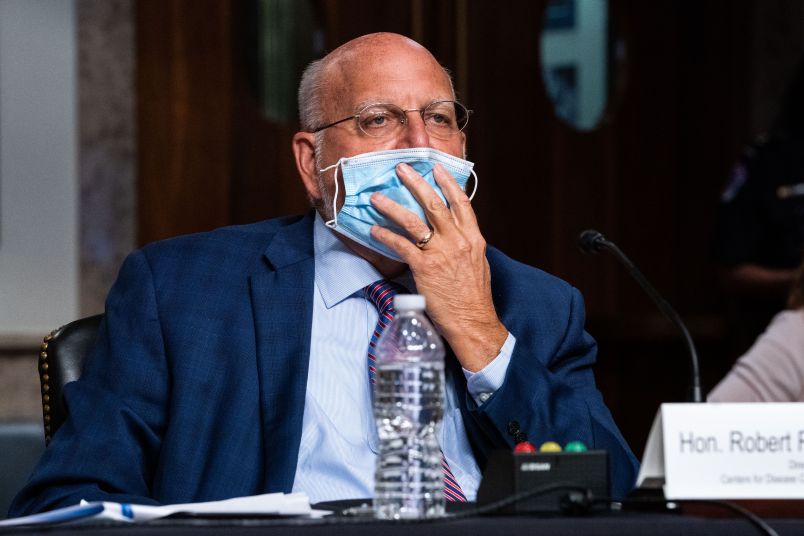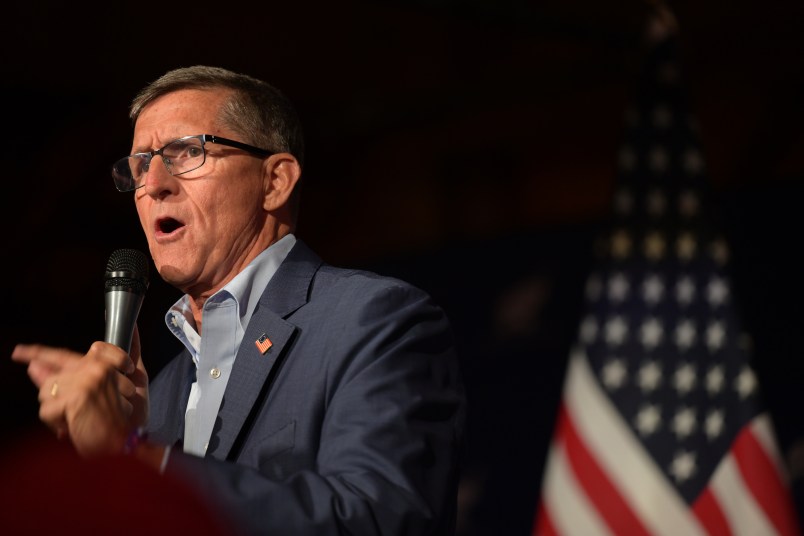The Centers for Disease Control restored to its website on Monday guidance saying that COVID-19 can spread via the air, weeks after similar guidance abruptly disappeared from the agency’s web page hours after first appearing.
“Some infections can be spread by exposure to virus in small droplets and particles that can linger in the air for minutes to hours,” the new guidance, posted to the CDC website, reads. “These viruses may be able to infect people who are further than 6 feet away from the person who is infected or after that person has left the space.”
The guidance is a significant admission, because it communicates what research has long suggested — that a far wider range of activities are dangerous than the Trump administration has indicated.
Its release also follows a humiliating about-face that took place last month. The CDC had posted similar guidance onto its website, before removing the same information and saying that it was a draft that had been posted online in error.
But that episode came amid mounting evidence that the CDC was not only being sidelined in the fight against COVID-19, but being turned into a political tool. GOP consultant Michael Caputo, who left his communications position at HHS last month, reportedly tried to strong-arm the agency into giving him editorial control over weekly reports it releases on the spread of the virus.
As of today’s update, the CDC now recommends that people avoid indoor spaces that are not well-ventilated. The guidance, which has been supported by evidence for months, has real implications for real-world practice, discouraging people from resuming activities like indoor dining, concert-going, or Supreme Court nominee celebrations that could be potential superspreader events.
And today’s guidance appears to not go as far as that which was accidentally released last month. Then, the CDC named choir practices, restaurants, and fitness classes as venues for potential spread, before the guidance was removed.
Now, the CDC names no specific examples of venues in which airborne transmission could be a threat, instead saying that indoor spaces without ventilation pose a higher risk.
The entire saga reveals how President Trump’s attempt to use the CDC as a tool in his re-election campaign has hobbled the nation’s dedicated pandemic-fighting agency.
Scientists have been saying for months that the virus can spread through the air. And President Trump himself, in Walter Reed hospital for his own COVID-19 infection as of this writing, explained to journalist Bob Woodward in February that the virus was dangerous because it could spread via the air.
The World Health Organization faced a torrent of criticism in July for not acknowledging sooner that airborne transmission was a key means of infection.











October 6, 2020 – CDC posts information that the sun, indeed, rises in the East.
Has Redfield’s staff accomplished a rare testes transplant?
When will the CDC acknowledge that being in the vicinity of Donald Trump is among the most common methods of catching the virus?
Just in Time, as darkness descends over the White House with a cloud of Chickens coming home to roost
This is important. Not just droplets with a close range, which fall within a relatively short period of time, but aerosolized and continuing to be suspended. Much higher risk as we head into cold weather and indoor recirculated air. It means that air hours later will transmit the virus, not just close immediate exposure. Also means that the 15 minute rule becomes more relevant.